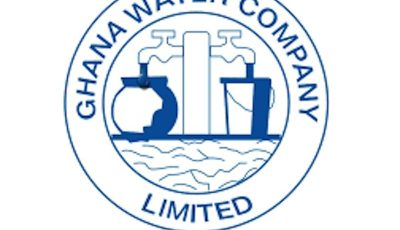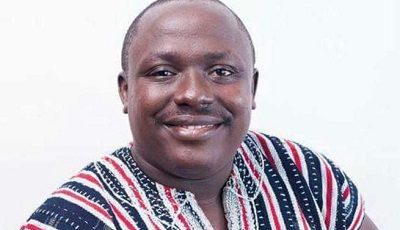Warning: Undefined array key "dirname" in /home/anapuafm/public_html/wp-content/themes/anapuafm/include/plugin/filosofo-image/filosofo-custom-image-sizes.php on line 133
Warning: Undefined array key "extension" in /home/anapuafm/public_html/wp-content/themes/anapuafm/include/plugin/filosofo-image/filosofo-custom-image-sizes.php on line 134
Water rationing hits twin-city
GNA – The inordinate ambitions of illegal miners to dig for gold in water bodies within the Sekondi/Takoradi Metropolis continued to be a major challenge in the production of water.
Engineer Tieko Cudjoe, Regional Manager of the Ghana Water Company Limited (GWCL) said activities of such miscreants and social deviants had resulted in the misdirection of the PRA River as well as expansion of the river, adding, “We can no longer take water from Bosomase intake point”.
The situation coupled with the dryness of the weather resulting in fewer rainfalls had forced the Regional office of the GWCL to undertake a rationing exercise to ensure equitable distribution of the two million gallons instead of five million currently produced at the Daboase head-works.
Engineer Cudjoe told journalists during a tour of the GWCL facilities at Bosomase, Daboase and the Inchaban Head-works that were experiencing the real effects of galamsey.
The Daboase Head-works which was designed to produce five million gallons daily now produce only two million gallons daily.
Engineer Cudjoe mentioned that the company now uses 100 bags of aluminium sulphate instead of 50 bags to treat a quantity of water, which he stressed was costing the Company millions of Cedis.
The turbidity levels of the Pra River according to the Regional Manager had also gone up to 3000 instead of 50. Meanwhile, the water colour has risen from 60 to 2500.
Engineer Cudjoe however stated that the Company was working hard to keep the WHO standard of water production.
He said the current situation had resulted in the rationing programme to ensure somewhat fair distribution of water.
The Bosomase intake point which served as backup to the operations cannot be sustained due to the very low level of the River coupled with the breakdown of one of the pumps.
The Manager of the GWCL said the Company had spent GHC50,000.00 on dredging to open up the deep seated sands sitting in the month of the intake point as a result of galamsey.
The GWCL according to the Regional Manager had no plans to completely stop production no matter the challenges.
He therefore called on stakeholders to help fight the galamsey menace to save the future of the Region and the country at large.
Mrs. Rebecca Ganyo, Station Manager at the Inchaban Head-works told reporters that the Company had introduced sub-miscible tubes to collect additional water for production.
The Inchaban Head-works currently produce two million gallons instead of four million daily.
Mrs. Ganyo prayed for early rains to augment production.
GNA




